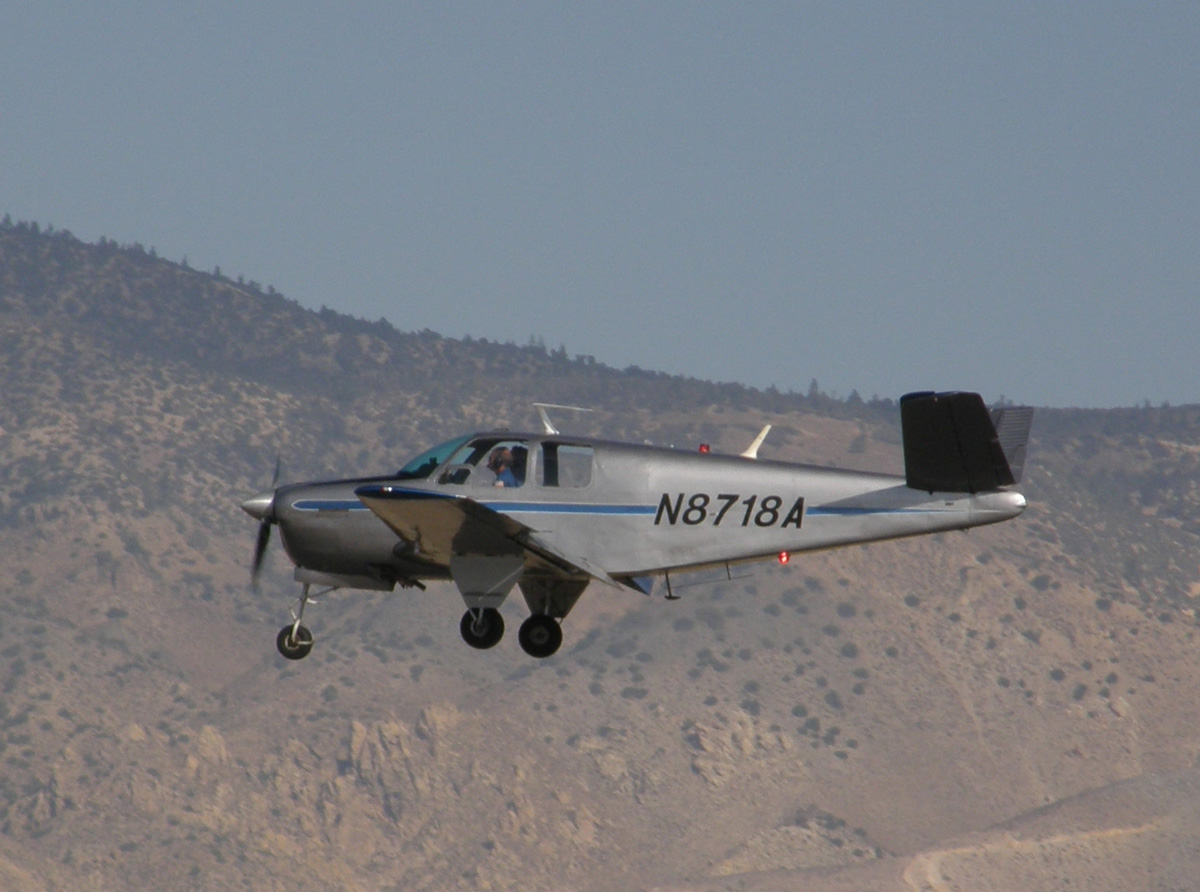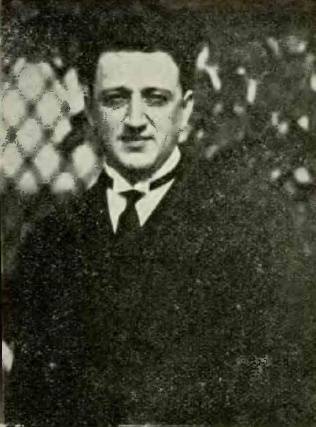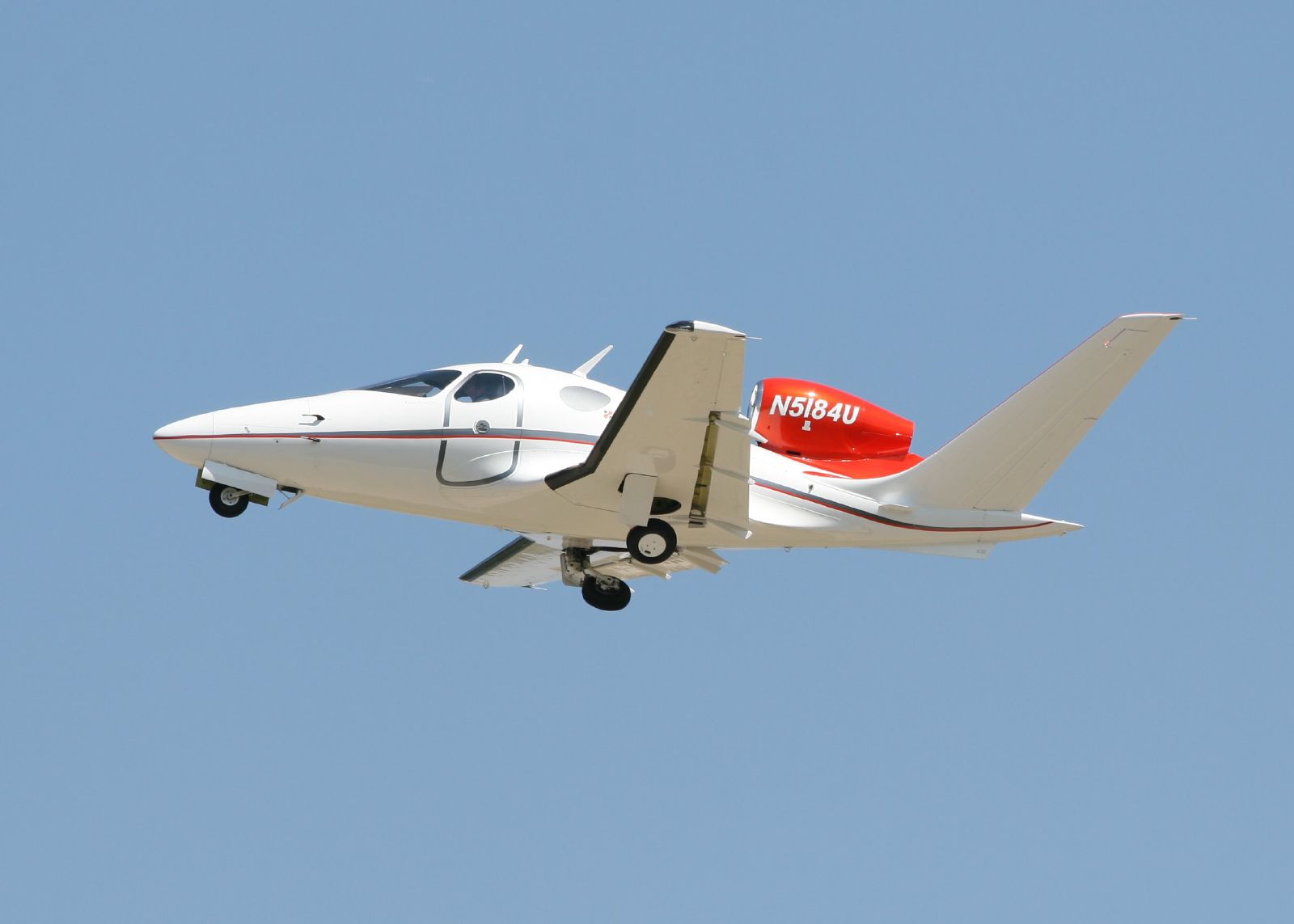|
V-tail
The V-tail or ''Vee-tail'' (sometimes called a butterfly tail or Rudlicki's V-tailGudmundsson S. (2013). "General Aviation Aircraft Design: Applied Methods and Procedures" (Reprint). Butterworth-Heinemann. p. 489. , 9780123973290) of an aircraft is an unconventional arrangement of the tail control surfaces that replaces the traditional fin and horizontal surfaces with two surfaces set in a V-shaped configuration. It is not widely used in aircraft design. The aft edge of each twin surface is a hinged control surface called a ruddervator, which combines the functions of both a rudder and elevator. The V-tail was invented in 1930 by Polish engineer Jerzy Rudlicki and was tested for the first time on the Hanriot H-28 trainer aircraft, modified by a Polish aerospace manufacturer Plage and Laśkiewicz in the summer of 1931. Variants The X-shaped tail surfaces of the experimental Lockheed XFV were essentially a V tail that extended both above and below the fuselage. Conventional ... [...More Info...] [...Related Items...] OR: [Wikipedia] [Google] [Baidu] |
Beechcraft Bonanza
The Beechcraft Bonanza is an American general aviation aircraft introduced in 1947 by Beech Aircraft Corporation of Wichita, Kansas. The six-seater, single-engined aircraft is still being produced by Beechcraft and has been in continuous production longer than any other aircraft in history. More than 17,000 Bonanzas of all variants have been built, produced in both distinctive V-tail and conventional tail configurations; early conventional-tail versions were marketed as the Debonair. Design and development At the end of World War II, two all-metal light aircraft emerged, the Model 35 Bonanza and the Cessna 195, that represented very different approaches to the premium end of the postwar civil-aviation market. With its high-wing, seven-cylinder radial engine, fixed tailwheel undercarriage, and roll-down side windows, the Cessna 195 was a continuation of prewar technology. The Bonanza, however, featured an easier-to-manage, horizontally opposed, six-cylinder engine, retractabl ... [...More Info...] [...Related Items...] OR: [Wikipedia] [Google] [Baidu] |
Cirrus Vision SF50
The Cirrus Vision SF50, also known as the Vision Jet, is a single-engine very light jet designed and produced by Cirrus Aircraft of Duluth, Minnesota, United States. After receiving deposits starting in 2006, Cirrus unveiled an aircraft mock-up on 28 June 2007 and a prototype on 26 June 2008. It made its maiden flight on 3 July 2008. Development slowed in 2009 due to lack of funding. In 2011, Cirrus was bought by CAIGA, a Chinese enterprise that funded the project a year later. The first conforming prototype subsequently flew on 24 March 2014, followed by two other prototypes that same year. The test flying program resulted in the US Federal Aviation Administration awarding a type certificate on 28 October 2016. Deliveries started on 19 December 2016, and by July 2020, 200 jets had been delivered. From 2018 through 2021, it has been the most-delivered business jet. Powered by a Williams FJ33 turbofan, the all-carbon fiber, low-wing, seven-seat V ... [...More Info...] [...Related Items...] OR: [Wikipedia] [Google] [Baidu] |
Ultraflight Lazair
The UltraFlight Lazair is a family of Canadian designed and built twin-engine ultralight aircraft that were sold in kit form between 1979 and 1984. It was one of the first twin-engined ultralights. More Lazairs have been registered in Canada than any other type of Canadian aircraft.Hunt, Adam & Ruth Merkis-Hunt: ''Skeletal Remains'', pages 64-70. Kitplanes Magazine, September 2000. In 2019, Canada Post issued a stamp in honour of the Lazair. Development Dale Kramer visited the Oshkosh EAA convention in 1977, where he saw the potential of the ultralight aircraft present. He built and flew an early type of Superfloater ultralight sailplane. Kramer took it to the next year's Oshkosh, where he met Ed Sweeney. Later they fitted it with two of Sweeney's engine kits. Kramer kept the engines and designed a new plane for them, which would remedy the deficiencies he saw in the Superfloater.Dale Kramer; "Remembering Peter Corley: and the birth of the Lasair ultralight", ''fr ... [...More Info...] [...Related Items...] OR: [Wikipedia] [Google] [Baidu] |
Northrop Grumman RQ-4 Global Hawk
The Northrop Grumman RQ-4 Global Hawk is a high-altitude, remotely-piloted surveillance aircraft of the 1990s–2020s. It was initially designed by Ryan Aeronautical (now part of Northrop Grumman), and known as Tier II+ during development. The RQ-4 provides a broad overview and systematic surveillance using high-resolution synthetic aperture radar (SAR) and electro-optical/infrared (EO/IR) sensors with long loiter times over target areas. It can survey as much as of terrain per day, an area the size of South Korea or Iceland. The Global Hawk is operated by the United States Air Force (USAF). It is used as a high-altitude long endurance (HALE) platform covering the spectrum of intelligence collection capability to support forces in worldwide military operations. According to the USAF, the superior surveillance capabilities of the aircraft allow more precise weapons targeting and better protection of friendly forces. Cost overruns led to the original plan to acquire 63 aircraf ... [...More Info...] [...Related Items...] OR: [Wikipedia] [Google] [Baidu] |
Jerzy Rudlicki
Jerzy Rudlicki (14 March 1893 – 18 August 1977) was a Polish pilot and aerospace engineer. Best known for his inventing and patenting of the V-tail (Polish Patent #15938), which is an aircraft tail configuration that combines the rudder and elevators into one system. Rudlicki was also the Chief Engineer of the Polish Plage i Laśkiewicz works, later known as LWS in Interwar Poland. Early life and military career Rudlicki was born on 14 March 1893 in Odessa. In the years (1909-1911) he constructed seven gliders which resulted in Rudlicki receiving a diploma with honors from the Odessa National Polytechnic University. In 1914, Rudlicki competed officer school and pilot school in Simferopol. Rudlicki served as pilot in the Russian Air Force and in 1917 fought for the Blue Army (Poland) in France under General Józef Haller. Rudlicki also fought in the Polish–Soviet War in 1920 which resulted in Rudlicki being awarded the Cross of Valor in 1921 for his heroics as a pilot du ... [...More Info...] [...Related Items...] OR: [Wikipedia] [Google] [Baidu] |
Lockheed F-117 Nighthawk
The Lockheed F-117 Nighthawk is a retired American single-seat, twin-engine stealth attack aircraft developed by Lockheed's secretive Skunk Works division and operated by the United States Air Force (USAF). It was the first operational aircraft to be designed with stealth technology. The F-117 was based on the ''Have Blue'' technology demonstrator. The Nighthawk's maiden flight took place in 1981 at Groom Lake, Nevada, and the aircraft achieved initial operating capability status in 1983. The aircraft was shrouded in secrecy until it was revealed to the public in 1988. Of the 64 F-117s built, 59 were production versions, with the other five being prototypes. The F-117 was widely publicized for its role in the Gulf War of 1991. Although it was commonly referred to as the "Stealth Fighter", it was strictly an attack aircraft. F-117s took part in the conflict in Yugoslavia, where one was shot down by a surface-to-air missile (SAM) in 1999. The U.S. Air Force retired the F-1 ... [...More Info...] [...Related Items...] OR: [Wikipedia] [Google] [Baidu] |
Eclipse 400
The Eclipse 400 (formerly Eclipse Concept Jet, or ECJ) is a single-engine very light jet that was designed by Eclipse Aviation of Albuquerque, New Mexico. A development of the Eclipse 500, the Eclipse 400 was cancelled when the company went bankrupt in 2008 and development has not been pursued by Eclipse Aerospace, the company that bought Eclipse Aviation's assets. Design and development The Eclipse 400 was first publicly unveiled on 23 July 2007 at AirVenture as the Eclipse Concept Jet (ECJ). The aircraft was intended to compete with the Cirrus Vision SF50, the Piper PA-47 PiperJet, the Epic Victory, and the Diamond D-Jet in the single-engine jet market. The Eclipse 400 design featured one engine, four seats and a V-tail similar to the Cirrus Jet. The four-seat prototype, registered N5184U, is powered by a single Pratt & Whitney Canada PW610F turbofan, first flown on 2 July 2007. It was built in complete secrecy at NASA's Wallops Flight Facility in Virginia by Swift Eng ... [...More Info...] [...Related Items...] OR: [Wikipedia] [Google] [Baidu] |
T-tail
A T-tail is an empennage configuration in which the tailplane is mounted to the top of the fin. The arrangement looks like the capital letter T, hence the name. The T-tail differs from the standard configuration in which the tailplane is mounted to the fuselage at the base of the fin. Advantages T-tails were common in early jet aircraft. Designers were worried that an engine failure would otherwise damage the horizontal tail. The T-tail is very common on aircraft with engines mounted in nacelles on a high-winged aircraft or on aircraft with the engines mounted on the rear of the fuselage, as it keeps the tail clear of the jet exhaust. Rear-mounting the engines keeps the wings clean and improves short-field performance. This was necessary in early jet aircraft with less powerful engines. T-tail aircraft can have better short-field performance, such as on the Avro RJ-85. The disturbed airflow over a lower stabilizer can make control more difficult at lower speeds. Dur ... [...More Info...] [...Related Items...] OR: [Wikipedia] [Google] [Baidu] |
Cruciform Tail
__NOTOC__ The cruciform tail is an aircraft empennage configuration which, when viewed from the aircraft's front or rear, looks much like a cross. The usual arrangement is to have the horizontal stabilizer intersect the vertical tail somewhere near the middle, and above the top of the fuselage. The design is often used to locate the horizontal stabilizer away from jet exhaust, propeller and wing wake, as well as to provide undisturbed airflow to the rudder. Prominent examples of aircraft with cruciform tails include the Avro Canada CF-100 Canuck, the British Aerospace Jetstream 31, the Fairchild Swearingen Metroliner, and the Rockwell B-1 Lancer. See also * Pelikan tail * T-tail * Twin tail * V-tail The V-tail or ''Vee-tail'' (sometimes called a butterfly tail or Rudlicki's V-tailGudmundsson S. (2013). "General Aviation Aircraft Design: Applied Methods and Procedures" (Reprint). Butterworth-Heinemann. p. 489. , 9780123973290) of an aircraft ... References {{Aircraft com ... [...More Info...] [...Related Items...] OR: [Wikipedia] [Google] [Baidu] |
Lehtovaara PIK-16 Vasama
The Lehtovaara PIK-16 Vasama ( en, Arrow) is a Finnish mid-wing, single-seat, FAI Standard Class glider that was designed by Tuomo Tervo, Jorma Jalkanen and Kurt Hedstrom, who were students at the Polyteknikkojen Ilmailukerho (PIK) and produced by Lehtovaara. Design and development The PIK-16 is constructed from wood, with a fibreglass nose. The span wing employs a Wortmann FX-05-168 (14% modification) airfoil at the wing root, transitioning to a NACA 63 (2)-165 at the wing tip. The wing features dive brakes. A total of 56 PIK-16s were built. The aircraft was not type certified but it did become the second most exported Finnish glider, surpassed only by the later PIK-20 series. Operational history The prototype PIK-16 set a Finnish national record for a triangle course of before it had even finished flight testing. The design won the OSTIV prize at the World Gliding Championships held at Junín, Buenos Aires Province, Argentina in 1963, finishing third in the standar ... [...More Info...] [...Related Items...] OR: [Wikipedia] [Google] [Baidu] |
Blohm & Voss P 213
The Blohm & Voss P 213 was a submission to the ''Miniaturjäger'' (Miniature Fighter) programme of the ''Luftwaffe'' Emergency Fighter Program towards the end of the Second World War. The ''Miniaturjäger'' was to be powered by a pulse jet but the programme was scrapped in December 1944. History In the latter part of 1944 the Luftwaffe High Command saw an urgent need to counter the devastating allied bombing raids. They conceived the idea of a '' Miniaturjäger'', a miniature fighter, which could be cheaply and quickly manufactured in large numbers. Problems with the turbojet engines then appearing led to the adoption of the more primitive pulse jet. They approached Heinkel, Junkers and Blohm & Voss (B&V) in November to put forward designs using a strict minimum of materials, to be powered by one Argus As 014 pulse jet engine, similar to that used in the V-1 flying bomb. There would be no radio and only the most basic electrical equipment. Heinkel proposed a He 162 air frame p ... [...More Info...] [...Related Items...] OR: [Wikipedia] [Google] [Baidu] |
General Atomics MQ-1 Predator
The General Atomics MQ-1 Predator (often referred to as the predator drone) is an American remotely piloted aircraft (RPA) built by General Atomics that was used primarily by the United States Air Force (USAF) and Central Intelligence Agency (CIA). Conceived in the early 1990s for aerial reconnaissance and forward observation roles, the Predator carries cameras and other sensors. It was modified and upgraded to carry and fire two AGM-114 Hellfire missiles or other munitions. The aircraft entered service in 1995, and saw combat in the War in Afghanistan (2001–present), war in Afghanistan, War in North-West Pakistan, Pakistan, the NATO intervention in Bosnia, 1999 NATO bombing of Yugoslavia, the Iraq War, Yemen, the 2011 Libyan civil war, the 2014 US-Coalition intervention in Syria, 2014 intervention in Syria, and Somalia. The USAF describes the Predator as a "Tier II" MALE UAS (medium-altitude, long-endurance unmanned aircraft system). The UAS consists of four aircraft or "air ... [...More Info...] [...Related Items...] OR: [Wikipedia] [Google] [Baidu] |


.jpg)







